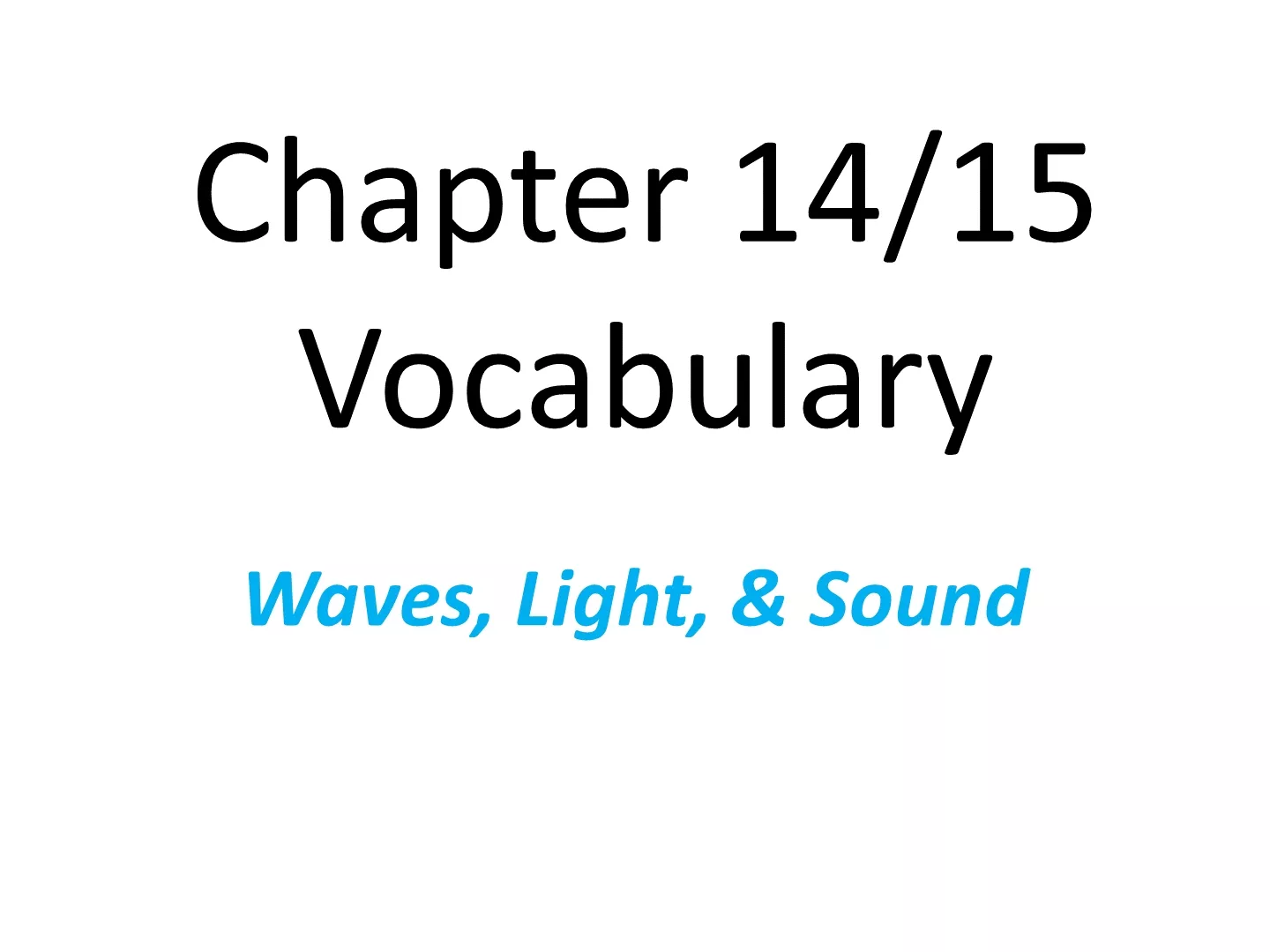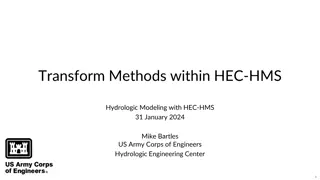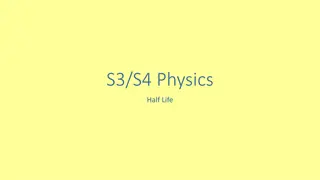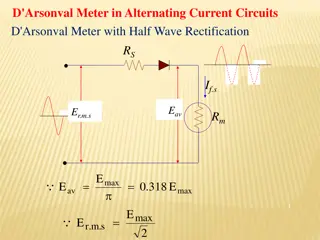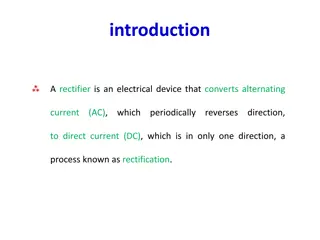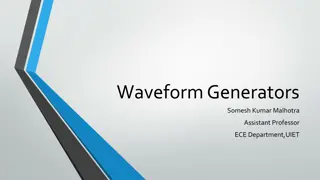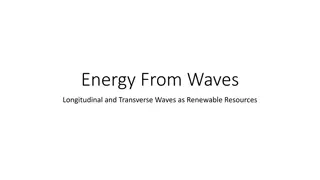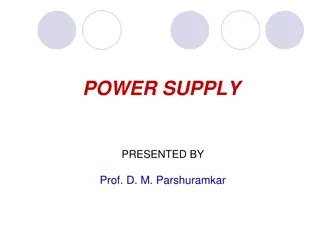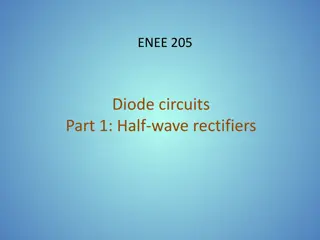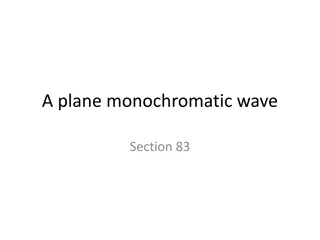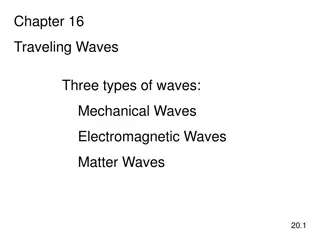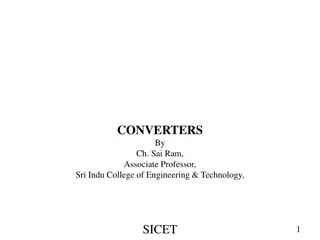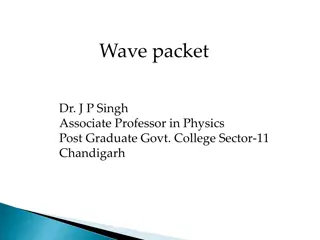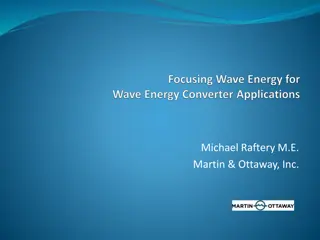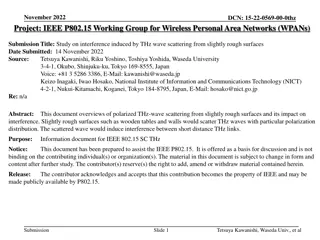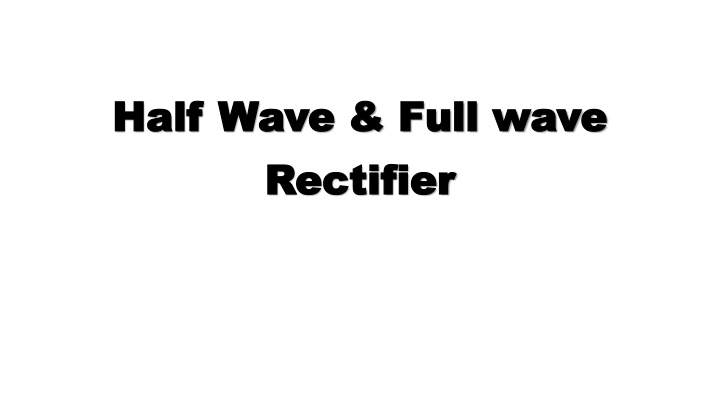
Full Wave Bridge Rectifiers for Electronics
Learn about the operation and circuit diagrams of full wave bridge rectifiers, how they convert alternating current (AC) to direct current (DC), and the role of diodes in the rectification process. Explore images and detailed explanations to enhance your understanding.
Download Presentation

Please find below an Image/Link to download the presentation.
The content on the website is provided AS IS for your information and personal use only. It may not be sold, licensed, or shared on other websites without obtaining consent from the author. If you encounter any issues during the download, it is possible that the publisher has removed the file from their server.
You are allowed to download the files provided on this website for personal or commercial use, subject to the condition that they are used lawfully. All files are the property of their respective owners.
The content on the website is provided AS IS for your information and personal use only. It may not be sold, licensed, or shared on other websites without obtaining consent from the author.
E N D
Presentation Transcript
Half Wave & Full wave Half Wave & Full wave Rectifier Rectifier
Full Wave Bridge Rectifier Full Wave Bridge Rectifier In Full Wave Bridge Rectifier, an ordinary transformer is used in place of a center-tapped transformer. The circuit forms a bridge connecting the four diodes D1, D2, D3, and D4. The circuit diagram of the Full Wave Bridge Rectifier is shown below. The AC supply which is to be rectified is applied diagonally to the opposite ends of the bridge. Whereas, the load resistor RL is connected across the remaining two diagonals of the opposite ends of the bridge.
Full wave bridge rectifier Full wave bridge rectifier
Operation of Full Wave Bridge Rectifier Operation of Full Wave Bridge Rectifier When an AC supply is switched ON, the alternating voltage Vin appears across the terminals AB of the secondary winding of the transformer which needs rectification. During the positive half cycle of the secondary voltage, end A becomes positive, and end B becomes negative as shown in the figure below.
Full Wave Bridge Rectifier Full Wave Bridge Rectifier The diodes D1 and D3 are forward biased and the diodes D2 and D4 are reversed biased. Therefore, diode D1 and D3 conduct, and diode D2 and D4 do not conduct. The current (i) flows through diode D1, load resistor RL (from M to L), diode D3, and the transformer secondary. The waveform of the full-wave bridge rectifier is shown below.
Full Wave Bridge Rectifier Full Wave Bridge Rectifier
Full Wave Bridge Rectifier Full Wave Bridge Rectifier During the negative half-cycle, end A becomes negative and end B positive as shown in the figure below: From the above diagram, it is seen that the diode D2 and D4 are under forward bias and the diodes D1 and D3 are reverse bias. Therefore, diode D2 and D4 conduct while diodes D1 and D3 do not conduct. Thus, current (i) flows through the diode D2, load resistor RL (from M to L), diode D4, and the transformer secondary. The current flows through the load resistor RL in the same direction (M to L) during both the half cycles. Hence, a DC output voltage Vout is obtained across the load resistor.
Full Wave Bridge Rectifier Full Wave Bridge Rectifier
Full Wave Bridge Rectifier Full Wave Bridge Rectifier

